Assistant Colorist: Job Description, Responsibilities, Skills Needed, & Top Companies Hiring.
The major responsibility of an assistant colorist is to make the job of the senior colorist easier. As often as possible, the senior colorist must be grading with clients in the suite. In order for this to happen, the assistant must complete a number of tasks, including completely preparing projects for the session, contacting editorial and dealing with any conform or workflow challenges that come, interacting with the producer to make sure jobs are finished on schedule, and finalizing projects and rendering in whatever format the client requires.
As you acquire the confidence of the senior colorist, you may be able to entrust match grading to an assistant. Because the senior colorist is usually in session, if another client requests modifications on an ongoing assignment or there are pick-up shots, the assistant will have to make those revisions or match grade the pick-ups. Those obligations will grow as you continue to establish trust.
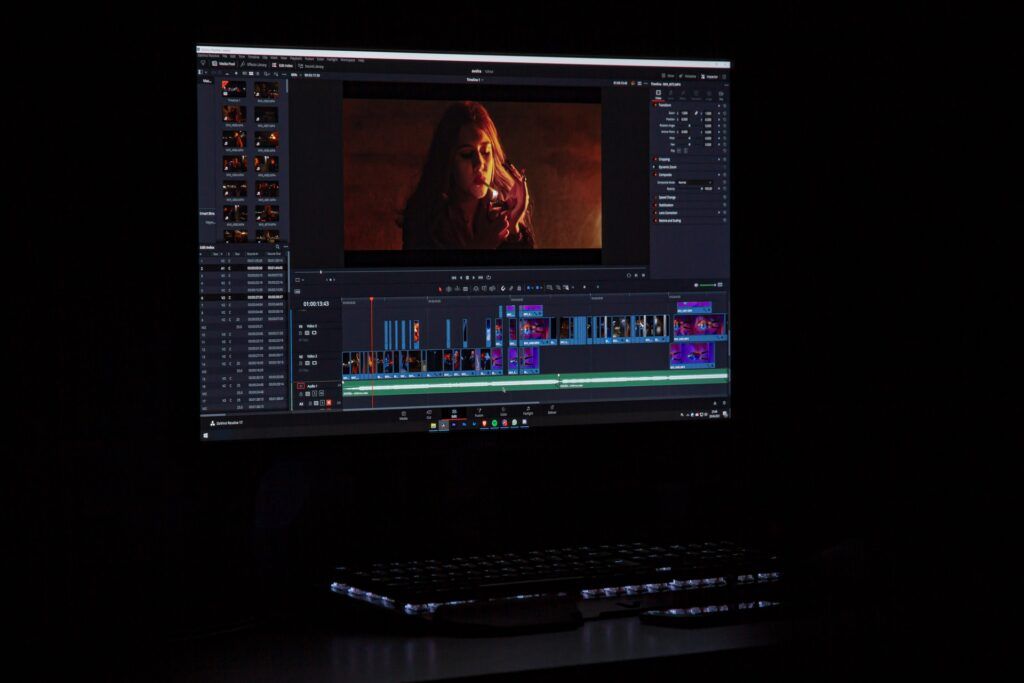
The majority of my Secrets have focused on the artistic and technical aspects of color grading, with the goal of helping you become a better colorist by teaching you techniques that I’ve picked up over the years. However, I recently decided that it would be fun to switch gears and explore the world of working as a professional colorist.
To become a professional assistant colorist, you must be creative and push yourself, but how can you land your first major job? What’s the trick to getting paid to grade commercials and feature films on a daily basis? I’ve spent my entire post-career working in major facilities, so that’s where I’ll be concentrating my efforts; furthermore, I’ll let you in on a little secret: I’ve always been a little too afraid to go independent!
In this article, we’ll look at the skill sets that you might need to develop in order to improve your chances of landing a job as an assistant colorist.
If you want to step into the world of color grading through a facility rather than as a freelance colorist, you’ll almost certainly have to start with an entry-level job – and that entry-level job could be quite intimidating! Even if you have a Doctoral degree in filmmaking, if you’ve never worked as a colorist before, your first job will most likely be preparing tea or bringing coffee. Hard to realize but, truth.
What People Are Looking For in an Assistant Colorist
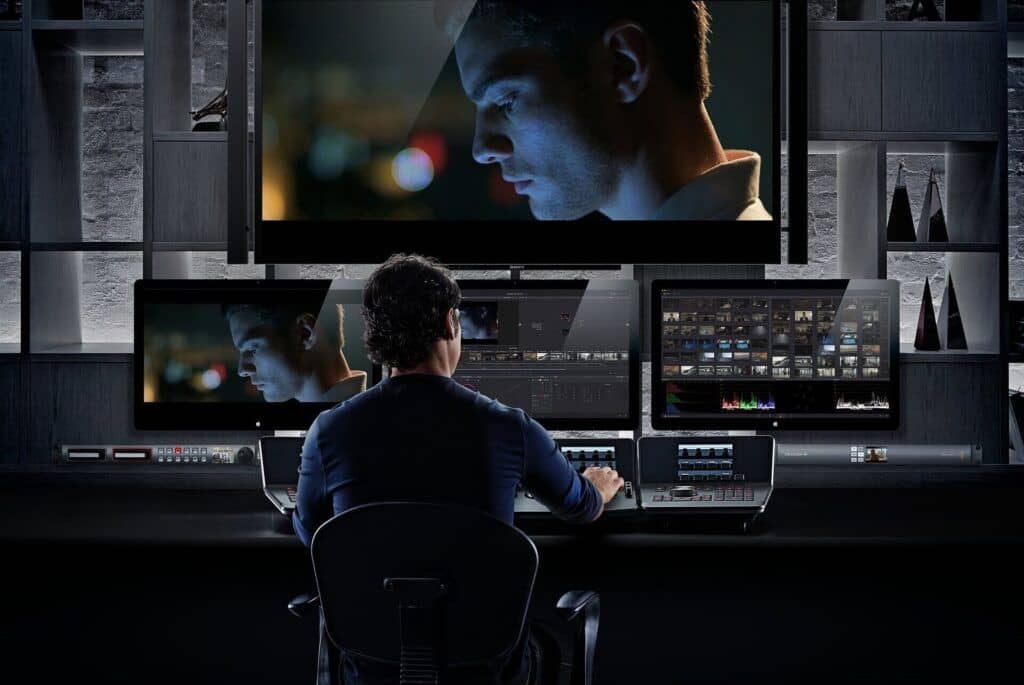
The reason post-production facilities have assistant colorists is that the grading suites should constantly be full of clients who are grading and grading with the colorist who is in charge of that room. This is where a colorist assist comes in. As a senior colorist, I want someone I can trust to prepare the project all the way up to the point where I open it in the grading suite as the clients walk in.
For example, on the process side of things, my assistant double-checks XMLs, offline reference movies, and audio, among other things. We entrust our assistants with our entire session and even the final delivery on some projects, so choosing the proper individual is crucial. So, what are the exact skill sets that a personal assistant must possess? That’s a great question, and I’ll answer it in the next sections.
Understanding Of Cameras And Formats
As an assistant colorist, you’ll need to be well-versed in all of the available camera formats. You must be well-versed in the various formats, frame rates, resolutions, and potential workflows for each camera. We never get a choice in which camera is used in the production, but when the producer phones and says, “We shot this commercial with a Phantom, Red Dragon, and an Arri camera,” we know we’re in good hands. It is your responsibility to ensure that you can process all of the data, and if you can’t, you must find a way to do so!
Can your grading program, for example, handle the camera formats provided? What debayer or project parameters would the colorist prefer? Some colorists like to start with Red Log Film, while others prefer to work with Red IPP2 workflow.

There are many details to consider when it comes to camera formats, and the best advice I can give you is to keep updated. Read production publications, look at camera manufacturer websites, and chat with other colorists and assistants. If you devote some time and effort to truly mastering and comprehending camera formats, your relative price at a facility will skyrocket!
- Also Read-Best Tools and Softwares for Indie Filmmakers! (2022 Updated)
- Also Read-How to write a tragic film story?
- Also Read-5 Most Critical Elements of Filmmaking! What Makes a Good Movie?
Project Setup and Data Wrangling
The most significant component of being an assistant colorist, in my perspective, is data wrangling and project setup. The material, EDLs, XMLs, and other files from any work I grade are all delivered to the assistant colorist to analyze and sort out. He or she then inspects the media, double-checks that the project is compliant, and compares what we’re about to grade to the off-line reference movie to ensure that what we’re about to grade is frame-accurate to what the client saw in the editorial.
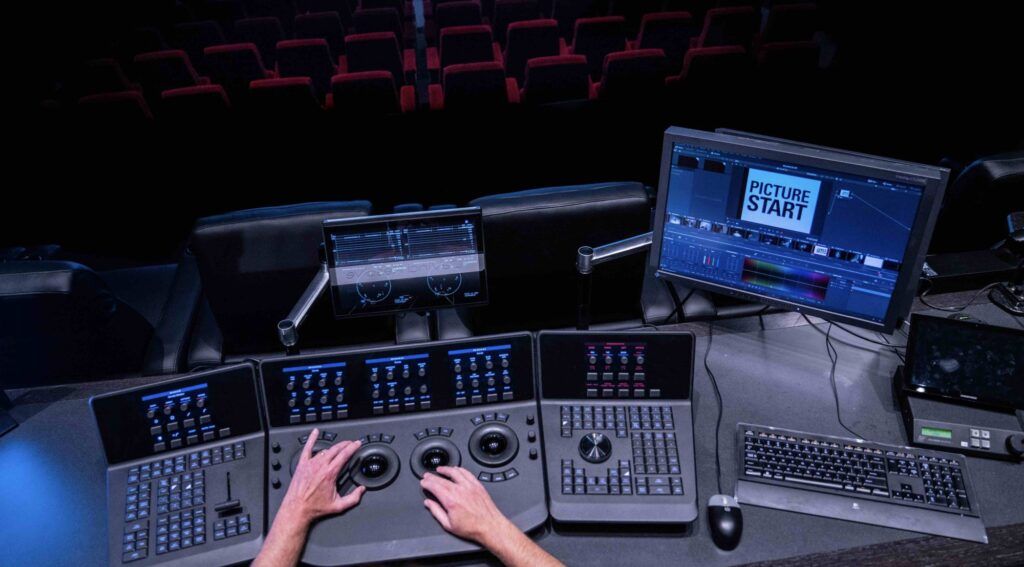
I can then open the project in the grading suite via a DRP (Davinci Resolve Project) export or our shared DaVinci Resolve Database server once it’s been set up. Keep in mind that as an assistant, you will have a lot of responsibilities at this time. In a large facility, the colorist usually does not see the video until the clients are just about to enter the room. You must understand what is acceptable and what must be returned to the client for resupply before the grading has even started.
I understand! That’s a difficult situation to be in. At the bottom of the chain, yet with the responsibility and necessity of informing the client that they’ve made a mistake! However, I believe that here is where an assistant learns the crucial client communication skills that will come in handy later on when they are working with clients on their own.
The Process Of Shot Matching
As an assistant colorist, match grading might be the most enjoyable and creative aspect of the job. It is also one of the most difficult. The assistant colorists responsibility is to open the colorist’s project and apply existing grades to shots that have been added to the edit since the primary grading session, or to recreate the look that the colorist created. This is where you will learn the most about color grading and have the most fun. You’ll be dismantling and recreating the colorist’s look.
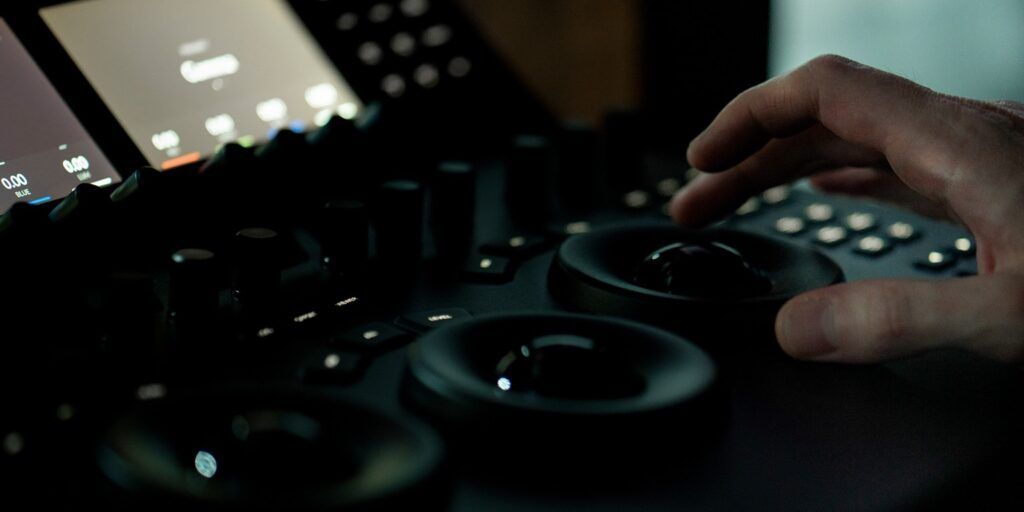
It’s critical that shots match exactly, therefore it’ll be a good test of your grading abilities. People will put greater trust in you as you have more expertise in match grading, and you may be able to work on projects on your own.
It is critical for the assistant to match the color temperature, black levels, and saturation in the shots. This is when having a competent assistant comes in handy. Over time, assistant colorists become so brilliant that their seniors never have to double-check the match grade. Now, I know what you’re thinking: the senior colorist appears to be taking the easy way out! Lol, not really! After all, even they have reached the position the same way.
Final Rendering of the projects
Rendering is the final phase of a project, and it’s also the easiest place for an assistant to make a mistake. There are numerous inquiries to be made:
- What is the client’s preferred frame rate?
- What kind of resolution are we aiming for?
- What will be the next phase in the process?
- Are we going to deliver to a Flame Atist or a Smoke Artist or to FCP or Premiere for round trip workflow?
- What kind of codec would they prefer?
- Do they want the renders to have frame handles?
The colorists will occasionally render their own material, but this is usually delegated to the assistant so that the main colorist can go on to the next assignment. To answer the questions above, the assistant will need excellent communication skills, not just with the colorist on the job, but also with the internal producer or client manager and the client.
The number one greatest issue on a job for everyone engaged is when there are faulty renders or a project is rendered incorrectly. If you make a lot of mistakes at this time as an assistant, you won’t be an assistant for long!
Technical knowledge, experience, and a good personality
Some color grading software is more difficult to use than others, but with free versions of software like Resolve to learn from, a general understanding of the capabilities within Resolve is absolutely beneficial.
The color tools are a fantastic place to start, but the project setup, conform, and render sections of the software are also crucial. To conform the project, an assistant will be supplied the media, EDLs/XMLs, and reference images. It is then their responsibility to manage the various media types offered and conform the project using the EDL and/or XML. It’s also crucial to be able to function well under pressure. Throughout the day, there is a continually changing list of activities that must be managed in such a way that everything is accomplished on time and nothing is overlooked.
The collaboration with the team
The assistant colorist and the senior colorist and producers have a close working connection. To give the highest suitable client experience, everyone has to have complete trust in one another and outstanding communication skills. If there are any concerns with prep or anything else that would impair the senior colorist’s ability to grade a job with clients, it needs to be brought to everyone’s attention, especially the producers’ attention, so it can be resolved before the session.
When it’s time to QC (quality check) and render a job, it’s also critical that the assistant interacts with the producers to ensure that the project is provided in the format the client requires and on time. Because problems arise frequently, being willing to trust your team members is critical.
In addition, the assistant colorist’s interaction with all team members, including other assistants, client services, editorial, VFX, and so on, is equally as crucial. To do their work well, an assistant must be able to effectively interact with all team members, whether it’s assisting other assistants with challenges or completing a job on schedule, engaging with editorial to resolve to conform concerns, or maintaining a clean VFX pipeline. At the end of the day, everyone is striving for the same goal: to provide the client with great service and a product that surpasses their expectations.
So, what’s the catch?
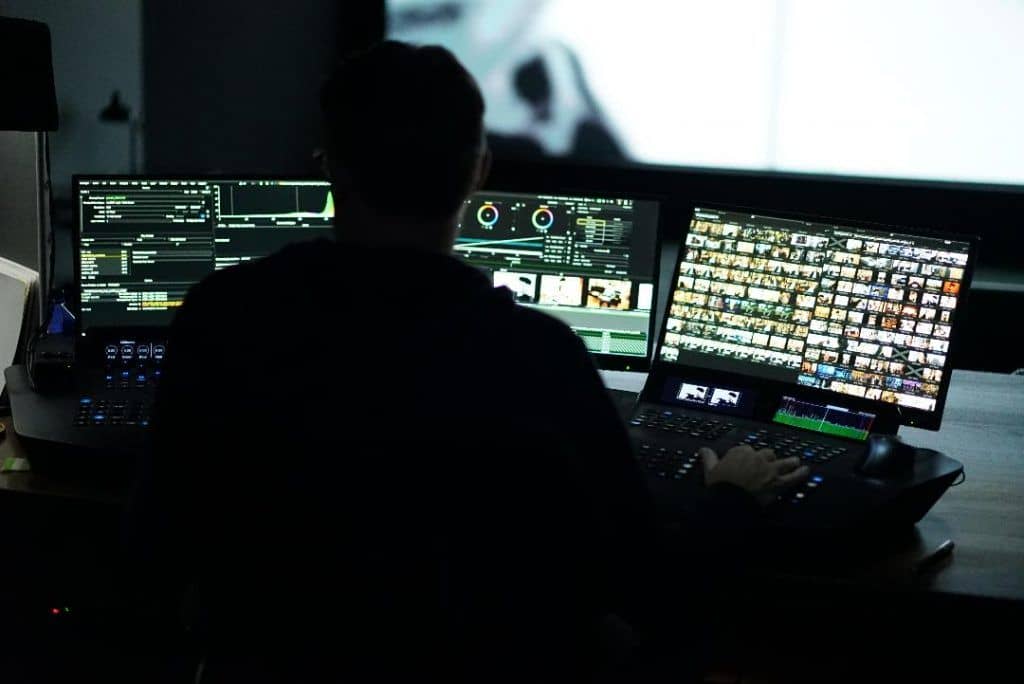
Working as an assistant colorist is a demanding profession that requires long hours. On a daily basis, the job requires you to be the first one in and the last one out. You’re the one the client never sees, but you’re also the one who keeps the grading process on track! From personal experience, moving up from a new assistant colorist to operating your own grading suite might take years and years, but perseverance and hard effort go a long way.
So, what are the advantages of working as an assistant? I picked the road of being a facility colorist and hence an assistant first because I believe that learning to be a colorist is best done through experience. You do the grunt labor for professional colorists who reward you by sharing their knowledge and giving you access to their high-profile jobs as well as their node graph! Another important consideration is that you will gain contacts and a reputation in this manner. I’ve met so many incredible colorists during my time as an assistant and now as a senior colorist.
I’ve shared stories with them, which has given me a unique perspective on various project kinds, DPs, and even camera formats. If I hadn’t chosen to be a facility colorist, I would have been on my own and would have had to work everything out without the advantage of learning from so many incredible people.
I’d suggest contacting a colorist or post-production company you admire and expressing your interest in their business and craft. It’s fantastic to exhibit your enthusiasm, but people get busy, and it’s crucial to remember that. Any way you can, try to get in. Often, this means starting with client services but putting out your best effort on any assignment you’re assigned, and it will show. Work hard and create an excellent relationship with the senior colorist once you’ve made it to assistant. They’ll notice your dedication and want to coach you because learning from someone with that much expertise is an important element of becoming a colorist.
It’s entirely up to you how you want to move up the ladder, but if I had a time machine, I’d do it all over again!!
Top Companies Hiring Assitant Colorists
If you really are looking for an Assistant Colorist job, you may choose from a large number of open positions all over the world. Isn’t it surprising? This is primarily due to the fact that colorists are useful in almost every aspect of the film industry. Today, the Assistant Colorist job description is expanding to include diverse skills such as film finishing.
Currently, some good post-production businesses in the United States, Europe, and other western countries have a lot of job openings.
Some companies to look forward to are, Company 3, MPC, The Mill, Harbor Picture Company and Cheat.
How to Become a Colorist: My Personal Journey Into the World of Color Grading
In the intricate world of film and video production, a colorist’s role often remains overshadowed. Yet, the balance of hues, shades, and tones can profoundly transform a project’s final visual appeal. So, how does one carve a niche in color grading? While every journey is unique, here’s my personal story.
Discovering the World of Colors
During my days at film school, a chance encounter with an editor’s screen became my entry point into color grading. What caught my eye? The intricate displays of a Vectorscope, waveform monitor, and RGB parade. It was a mesmerizing blend of science and creativity, an art form waiting to be mastered.
Turning Curiosity into Action
My real initiation came with a challenge: incorrect white balance on a short film I directed. With no expert around to help, I took the initiative, plunging into color correction tutorials. This experience set the foundation, teaching me what a visually appealing image should encapsulate.
From Production to Post-Production
While college saw me veering towards roles like Director of Photography (DP) or director, the professional world had other plans. I found myself gravitating towards post-production. Surrounded by a state-of-the-art color suite, I immersed myself in mastering calibration, understanding color spaces, and honing the craft of a colorist.
The Breakthrough
Joining an agency as an assistant editor became my stepping stone. An opportunity to display my color grading skills presented itself. The initial three spots I handled were not just projects but milestones in my burgeoning career.
The Freelancer’s Dilemma
The path wasn’t without challenges. As I navigated the industry, I realized how rare opportunities were, especially for freelancers. The competitive landscape sometimes demanded working on smaller projects or even for free. But each project, regardless of its scale, contributed to building a compelling portfolio.
Your Portfolio: The Key to Success
In this field, your demo reel is your voice. It’s the tangible proof of your expertise, a showcase of your skill set. If you claim mastery, your work should resonate with that proficiency.





